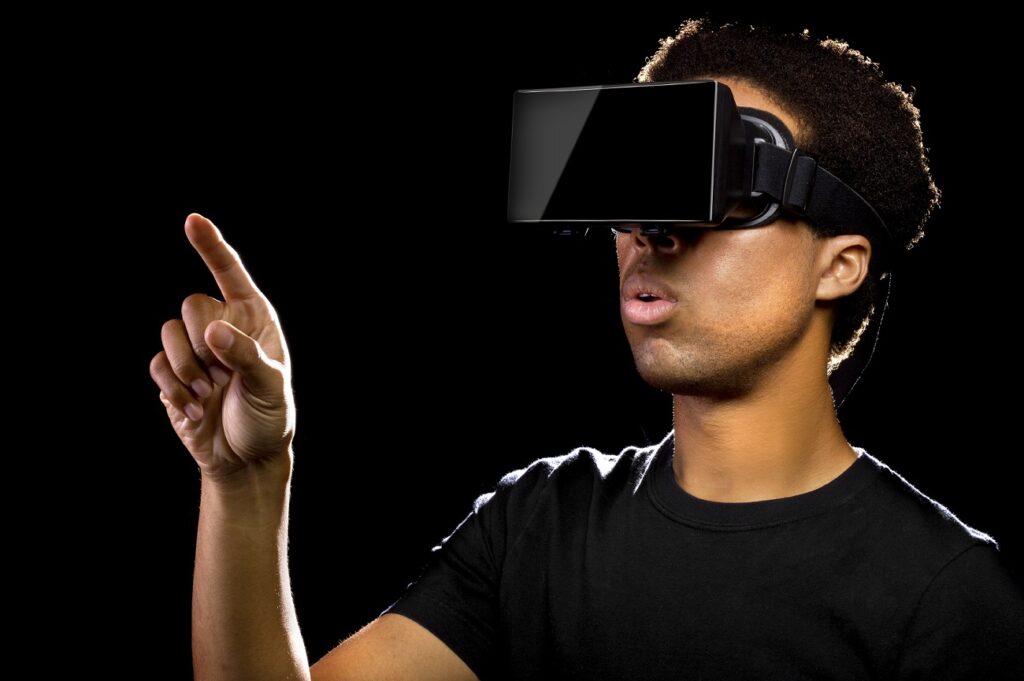HR decision-makers are worried about identifying those with the skills needed in a very competitive environment and testing is widely used. But the assessment scene offers a similar landscape to that of five or ten years ago, focused heavily on somewhat dull and traditional personality and ability tests.
Other than the move ‘online’, it has failed to take into account changes in technology and applicant behaviour and tests still rely on self-assessed scales (what people think when they read a description as in personality and competency-based approaches) rather than looking at behaviours (what people actually do).
Test-takers are getting better at ‘gaming’ the testing process with forums sharing the ‘right’ responses to give as well as a more critical consideration of the selection approach of potential employers. Candidates want to see a direct link between the assessment and the skills/behaviours needed in the job – and to experience the role itself. Furthermore, they want to see an innovative use of technology.
But things are changing in the testing world: so-called ‘immersive’ assessment is here.
With large blue-chip organisations such as KPMG and Nestlé already adopting immersive assessment, will this approach replace traditional ability and personality tools – or is this simply a fad that’ll pass?
Immersive assessment: the ups and downs in practice
Immersive assessment covers a continuum of job simulation assessments along which the candidate takes an ever-increasing role in the simulation. At one end, a straightforward situational judgement questionnaire – where the candidate is asked to review a job-based scenario and decide what he or she would do. Well-established and with great face validity, these can be customisable or off-the-shelf.
At the other end, the participant takes part as an online avatar, placed within the situation, making decisions and shaping the scenario: progressive, specific, exciting and engaging. But the beauty of such a tool can also be its downfall. Its flexibility and complexity make it hard for a standardised, norm-based assessment to be made: participants display a much wider range of behaviours when responding to situations in a simulation and this in turn shapes the scenario so, in effect, different participants experience different scenarios.
But between these two ends, more controlled job simulations can be found. Here, the test-taker responds to given defined situations whilst still making use of technology to provide an engaging, and more ‘real-life’ assessment. HR decision-makers can choose an interactive simulation of a job from a library of around 200 of the most common occupations, giving them a measure of ‘fit to the job’ and ability.
No travel needed
One of the advantages of immersive tools is that neither the HR manager nor the candidate – or indeed job incumbent looking for development – needs to leave their desk.
In the ultimate immersive experience, based on a virtual ‘campus’ built by a US company, candidates are invited into a virtual workplace and put to work with, if wanted, the real manager in attendance to see how they respond to the kinds of pressures they will face in the real situation.
Alternatively, candidates can simply be invited to experience the role for themselves, with no assessment, and judge for themselves whether the role and the culture is right for them. It offers an exciting interactive experience, bringing to life the experiential aspects of a job that are impossible to gain from passive corporate website reading, or video watching. Customisable in look and feel, these types of tools can really support employer brand.
Immersive simulations are commonly used in cognitive research and linked to neuroscience: harnessing their use for occupational assessment brings the opportunity to re-examine psychometric explanations of behaviour and introduce new concepts and ideas.
So, what does this mean?
For the HR decision maker wanting to use immersive assessment, accessing a library of pre-defined scenarios for specific job roles is straightforward. Branding is easy and the final assessment looks great. Results are given via an interview guide thereby turning it into a practical way forward.
For the candidate it means a more exciting, engaging and true-to-life assessment experience.
For the developers of such instruments, it means a change in skill set. Not only do they have to understand psychometric concepts and how to develop assessments, they now also have to understand how to work effectively with games developers, user interface designers and other professionals.
Building simulations is more difficult than developing traditional ability tests: there’s a dynamic nature to the interaction between how people respond and the situations experienced. It means that traditional techniques for building ‘static’ sets of items or even situational judgement tests do not apply. New techniques used to measure reliability and validity may need to be developed and psychometric concepts about the structure of competency and how personality works need to be re-thought placing more emphasis on what participants do and less on what they say they will do in simulations.
Fad or future?
For some, immersive assessment is something new, unheard of, untested and simply just not right.
For others it’s simply a natural progression of assessment which both recognises the change in behaviours of those entering the job market in terms of exposure to gaming and simulations, and takes advantage of shifts in technological capability.
Where do we see this heading? Here are our predictions:
1. A decline in the use of traditional psychometric assessments based on personality theory and online reasoning tests for recruitment.
With the more sophisticated candidate being able to ‘play’ the traditional tests, as the same candidates will become decision-makers and will look for something else – and something more job-specific.
2. An increase in the extent to which candidates explore job roles before engaging with potential employers.
Candidates are looking to understand roles and the culture of an organisation before applying – partly to ensure a better fit or a desired career path, and partly to focus effort.
3. Candidates will have a greater say in how they accept assessment.
Candidates prefer techniques which are fair, transparent and more specific to the role they’ll be doing. Candidates in the future will simply avoid recruitment processes which make them sit rather boring and artificial psychometric questionnaires and tests – and will be attracted to sites that make an effort to engage.
4. Organisations will need to radically rethink how they recruit and develop people.
Current use of external websites and internal development or performance management tools is heavily transactional, very technology-‘heavy’ and don’t answer the questions about a role a candidate has. Neither do they tell the manager how the candidate is likely to perform.
5. HR decision makers will engage earlier in the selection process with talented applicants.
They will need to find a way to showcase their organisation and encourage and develop an interaction with their potential employees.
6. The experience of the selection process will take on a greater importance.
The candidate will look for an assessment which has a clear and direct link to the job itself.
To misquote Bill Clinton – “It’s the experience, stupid!” Immersive assessment means people can experience the job and the work you need them to do, while you get to know them better.
Immersive assessment – however it is applied – is here to stay.






